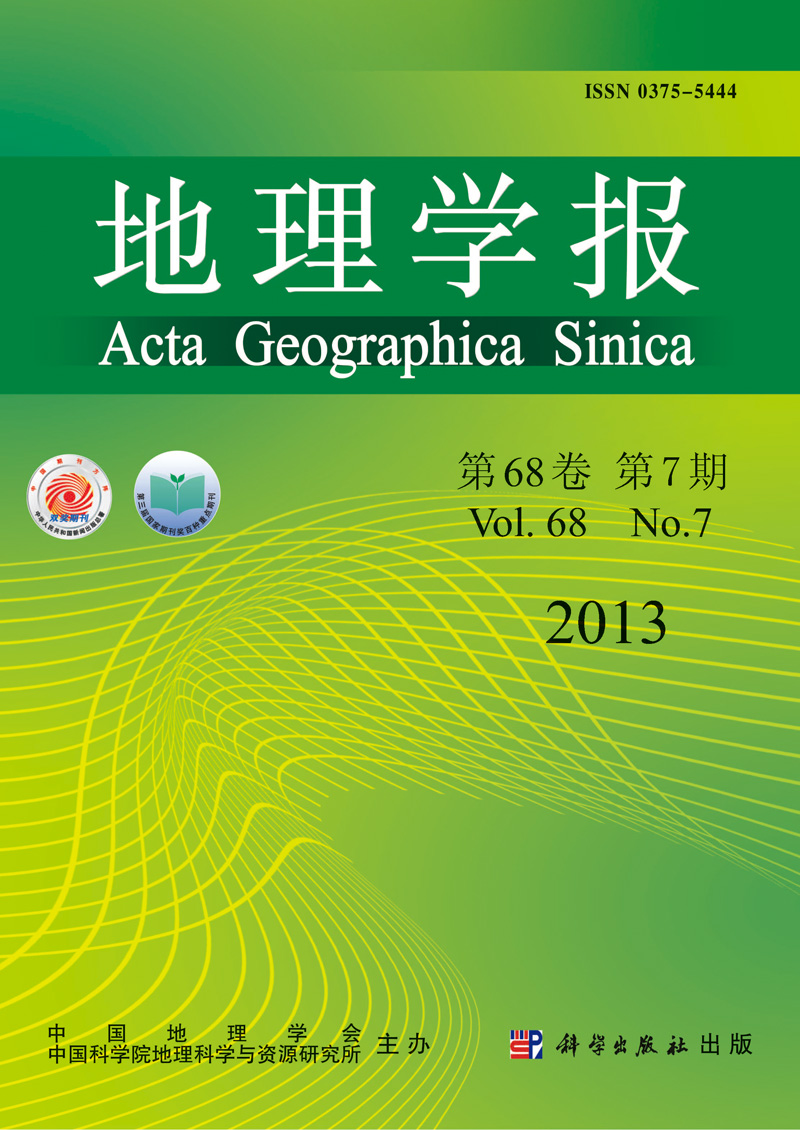LIU Xianfeng, REN Zhiyuan, LIN Zhihui, LIU Yanxu, ZHANG Donghai
2013, 68(7): 897-908.
The Three-River Headwater Region is the source areas of the Yangtze River, the Yellow River, and the Lancang River. The region is not only of key importance to the ecological security of China. Due to climate change and human activities, ecological degradation occurred in this region. Therefore, "The nature reserve of Three-River Source Regions" was established, and "The project of ecological protection and construction for the Three-River Headwater Nature Reserve" was implemented by Chinese government. This study, based on MODIS-NDVI and climate data, aims to analyze the spatial-temporal changes of vegetation coverage and its driving factors in the Three-River Headwater Region between 2000 and 2011 from three dimensions. Linear regression, Hurst index and partial correlation analysis were employed. The results showed that: (1) In the past 12 years (2000-2011), the NDVI of the study area increased, with a linear tendency being 1.2%/10a, of which the Yangtze and the Yellow river source regions presented an increasing trend, while the Lancang River source region showed a decreasing trend. (2) Vegetation coverage presented an obvious spatial difference in the Three-River Headwater Region, and NDVI frequency was featured by a bimodal structure. (3) The vegetation coverage improved area was larger than the degraded area, being 64.06% and 35.94% respectively in the 12 years, and presented an increase pattern in the north and a decrease one in the south. (4) The reverse characteristic of vegetation coverage change is significant. In future, the degradation trends will be mainly found in the Yangtze River Basin and north of the Yellow River, while the improving trend areas are mainly distributed in the Lancang River Basin. (5) The response of vegetation coverage to precipitation and potential evapotranspiration has time lag, while the temperature does not have. (6) The increased vegetation coverage is mainly attributed to the warm-wet climate change and the implementation of the ecological protection project.
